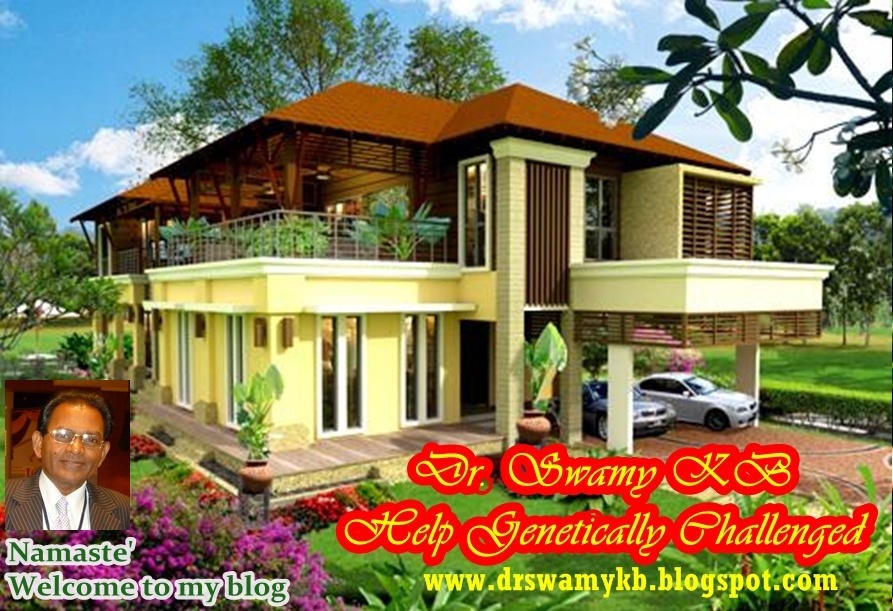
K.B.SWAMY, 2006
AMC, Visakhapatnam, Andhra Pradesh.
The present study analyses the relative linear growth and proportionality of the long bones of l04 aborted fetuses based on the radiographic measurements of diaphyseal length and recorded crown heel length(CHL). The data is generated from the radiographs of the above 104 fetuses. The second data is generated from the autopsy records of the fetuses of soft tissue examination. In many cases it is found that there is no pathology while others showed some or other problems like placental disorders and some fetuses showed acute pathology like hyaline membrane disease. These cases are compared with those in which the pathology is proved in the postmortem examination. The above subjects are divided in to 10 groups according to the femur length and HCL measurements corresponding to the gestational ages between 16th and 40th weeks.
In this study it is revealed that the linear growth of the long bones is not significantly affected by the pre-natal pathology. It is also revealed that the proportionate relationship between the linear length of long bones and the crown heel length are stable and predictable. This fact is consistently utilised clinically by the radiologists and sonologists as well.











